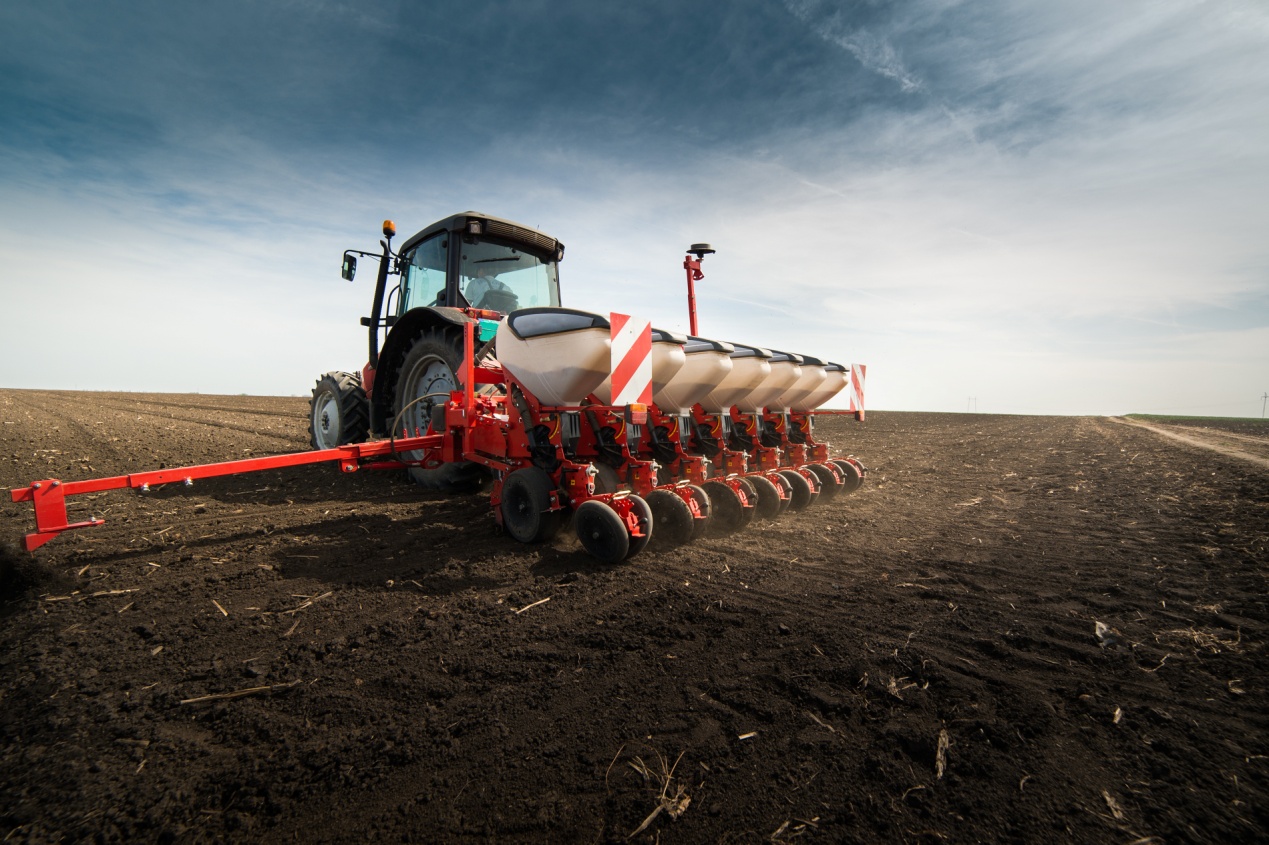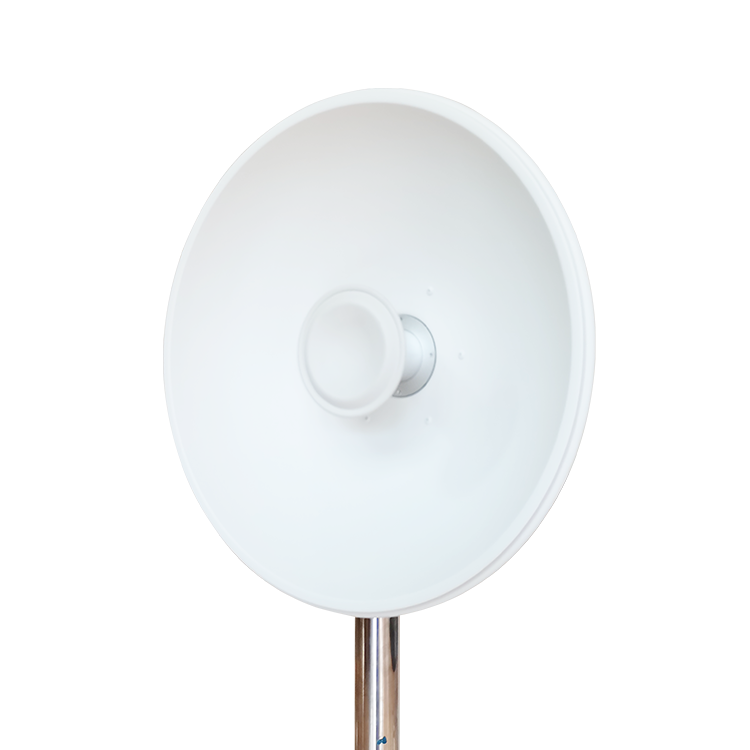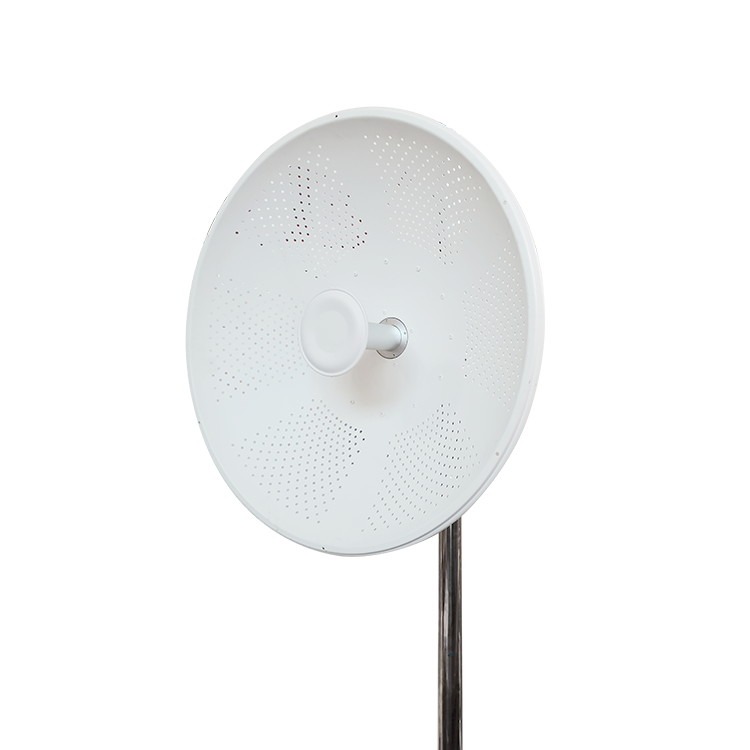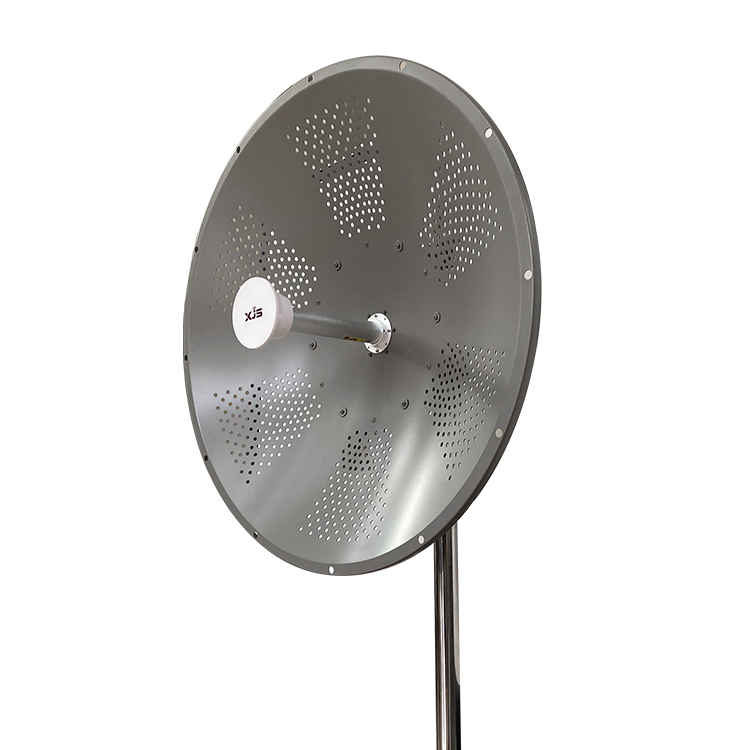In the field of unmanned intelligent operations, 5G digital farms emphasize the commanding role of data on the basis of traditional unmanned operations, and form an operation blueprint through intelligent data analysis and judgment to guide agricultural machinery operations. Through the 5G network, the real-time control of agricultural machinery can be realized to achieve intensive, intelligent and efficient unmanned operation capabilities.
In the digital farm, through intelligent control, the production planning and execution of the farm can be accurately managed, and the grid-based land management can open up all the elements of the production operation of "people, land, machinery, material and environment", and run through the whole process of "cultivation management and collection". Activated data on agricultural development factors, improved production efficiency, reduced production costs, and improved land utilization, created AI-guided formulas based on 5G+ nutrient distribution data, 5G+ sensors to achieve variable side deep fertilization, 5G+ remote sensing monitoring to achieve variable top dressing, 5G+ multi-source Innovative scenarios such as remote sensing growth monitoring data analysis, crop yield analysis based on 5G+ unmanned harvester yield measurement, and 5G+ over-the-horizon camera for leaf age diagnosis. At present, it has met the digital transformation and upgrading needs of various agricultural entities, and can create a diversified digital farm by combining ecology, culture and tourism, science and education, health care and other sectors.

At present, China's Longjiang 5G digital farm takes production and operation management as the core, combines the needs of the two major fields of "black land protection + unmanned intelligent operation", and builds intelligent perception of all production factor data through 5G network, creating an innovative Architecture, that is, the combination of 5G network, agricultural intelligence and 5G applications. The application amount of water, fertilizer and medicine has been saved by 20%, the labor cost has been saved by about 65%, and the production has been increased by 5%-10% per 667 square meters.




